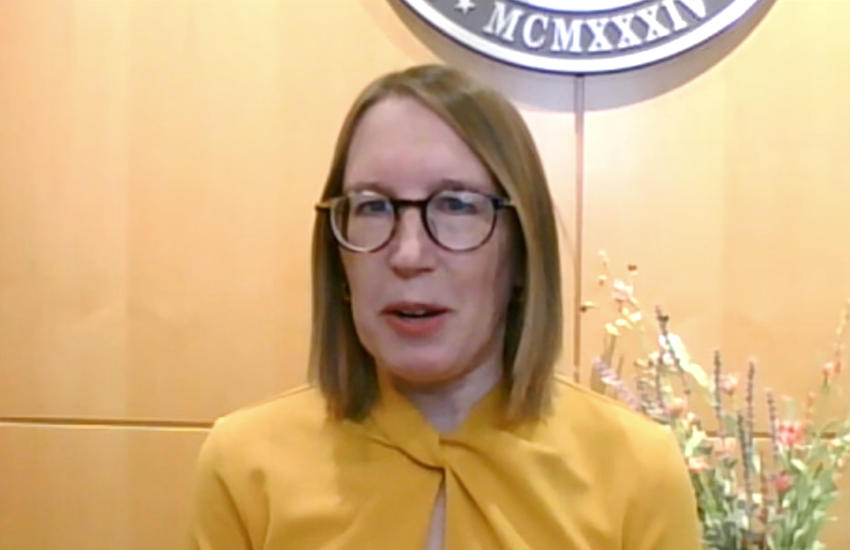During a speech last week, Hester Peirce, Commissioner of the US Securities and Exchange Commission (SEC), elaborated on the potential of a cross border tokenization sandbox involving the UK and US. She first floated the idea more than a year ago in response to a UK consultation on the Digital Securities Sandbox. She outlined an important ground rule – that any cross border sandbox needs to focus on finance, not politics.
While the initial aim is to explore a US-UK sandbox, the Commissioner envisions collaborating with other like-minded countries. Those would include nations where market participants can respond freely to market incentives. As she put it, they should not serve as “robotic mercenaries in a government-orchestrated initiative to achieve objectives unrelated to investor protection, efficiency, competition and capital formation.”
Rather than leaving anyone questioning which nations she was referring to, she highlighted the EU’s double materiality in corporate reporting – the second materiality being sustainability. Plus, she’s not too keen on the “export of its sustainability disclosure requirements.”
The Commissioner concluded that “market integration suffers when two jurisdictions diverge on core matters such as the purpose of financial statements and other securities disclosures.”
Desirable sandbox features
While she explicitly mentioned the EU regarding sustainability, we inferred references to the Union when she described the desirable features of a regulatory sandbox. Some of the points appeared to be informed by the EU’s DLT Pilot Regime, or rather the problematic issues that regulator ESMA has asked the European Commission to fix.
For example, she noted that a sandbox isn’t very useful if there’s no clear exit path for market participants. Time and activity limits need to be capable of being extended and expanded. “After a period of slow and steady growth, user interest might spike suddenly. If a regulator were not able to react quickly, the company would have to turn new users away,” she said.
That last comment is important, because her outlook illustrates a critical mindset difference. She views this as the start of a business opportunity, where the company’s client experience matters. By contrast, some regulators see sandboxes and proofs of concept as throw away experimentation with the business potential as a future possibility. But most businesses, regardless of size, always have an eye on operationalizing if it’s commercially viable, sooner rather than later. They don’t drum up enthusiasm from clients for a trial and then ask them to wait a couple of years for it to happen.
Peirce’s vision for a cross border tokenization sandbox reflects a broader regulatory philosophy: that effective oversight should be light touch and enable innovation rather than constrain it.
